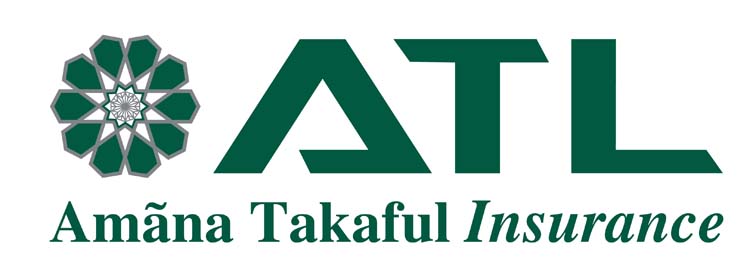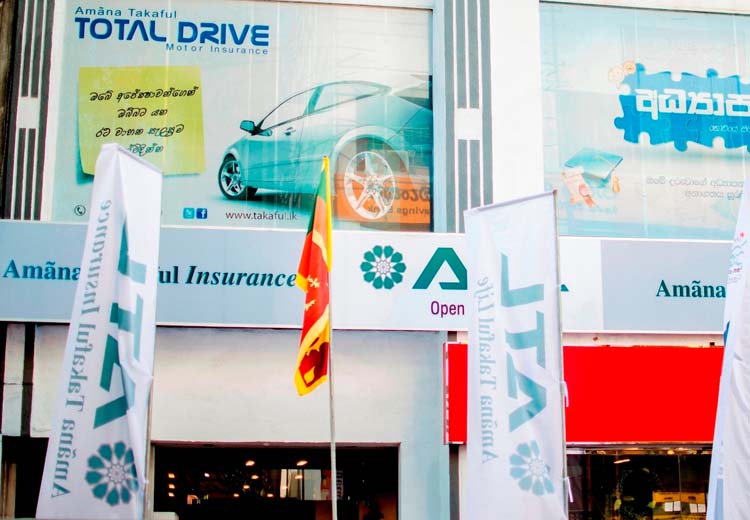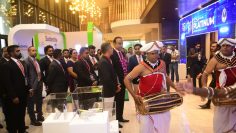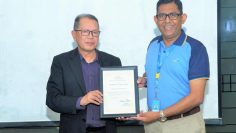
Lanka Rating Agency upgrades Amana Takaful PLC’s rating to BBB/P3/Stable
Lanka Rating Agency’s (“LRA”) (former RAM Rating Lanka), technical partner is CRISIL India (“CRISIL”). CRISIL is a global analytical company providing ratings, research, and risk and policy advisory services. CRISIL is India’s leading ratings agency and is also the foremost provider of high-end research to the world’s largest banks and leading corporations. CRISIL’s majority shareholder is Standard and Poor’s (“S&P”). S&P, a part of McGraw Hill Financial (formerly The McGraw-Hill Companies) (NYSE:MHFI), is the world’s foremost provider of credit ratings. LRA has upgraded Amana Takaful PLC’s (“ATL” or “the Group”) long and short-term claims-paying ability rating to be from BBB- and P3 to BBB and P3, respectively. The outlook on the long-term rating is to be stable. The upgrade is premised on ATL’s improving performance, above-average general insurance underwriting performance and average capitalisation levels. Meanwhile, the ratings are tempered by the Group’s small market share, its below-average life insurance underwriting standards and limited investment avenues owing to adherence to Shari’ah-compliant investments.
ATL made its debut in 2002, and is engaged in both life and general insurance. Currently it is the only composite takaful or non-conventional insurer in Sri Lanka. Amana Takaful PLC (ATL) also operates a sub-subsidiary Amana Takaful Maldives PLC (ATM) which was established in 2003. The Company and its subsidiaries will be collectively referred to as “the Group”. The Group provides Shari’ah-compliant insurance services; however, it also competes against conventional insurers with established track records. In terms of gross written premiums (“GWPs”) ATL was 9th in the general segment and 13th in the life segment as at end-FY 2013. While the Group accounted for 1.88% of total industry GWPs as at end-FY Dec 2013 (FY Dec 2012 :1.79%), it is somewhat insulated from competition within the traditional insurance sphere given its sole presence in the takaful business. The Group’s improving general insurance underwriting performance is evidenced by its ability to maintain a better-than-industry claims ratio. The claims ratio stood at 52.55% as at end-FY Dec 2013. Improving from 55.35% from fiscal 2012 (Industry: 58.65%). The better ratio can also be attributed to the Company’s more conservative retention policy.
Lanka Ratings considers ATL’s long term insurance underwriting standards to be weighed down, reflected by the division’s claims ratio and lower net underwriting margins relative to peers, mainly owing to high surrenders and part withdrawals. However, with the introduction of unit-linked life insurance policies the Company’s life GWPs grew at a higher pace than the industry, although driven by a small initial base. The Group’s life GWPs grew 48.86% in FY Dec 2013, after having increased 14.74% y-o-y in FY Dec 2012. This was mainly due to the Group’s life products having been redesigned with more customer focus and the targeted marketing of products in line with renewed strategies. Within the investment portfolio government securities accounted for 22.22% of the Company’s investments as at FY Dec 2013, while mudarabha deposits made up 45.53%. The rest of the portfolio consisted of investments in property, equity, unit trusts and gold. While Shari’ah compliant investment opportunities continues to remain limited, an investment income of LKR. 152.9 million (2012: LKR 104.2 million) was realised by the Group despite a significant decline in value of gold bullion and a lack-lustre equity market. The Management’s decision to move its investments to fixed income-based assets helped to reduce the adverse effect brought on by a global fall in the bullion market. The Group reported its highest profit after tax of LKR 157.86 million in FY Dec 2013 (FY Dec 2012: LKR 120.12 million). ATL’s overall underwriting performance was average in fiscal 2013, supported by both its general and life insurance segments amid a reducing trend in its claims ratio. On the other hand, the Group held its expense ratio at 46.38% in FY Dec 2013 (FY 2012: 47.32%). The management intends to continue its drive on rationalizing the expense ratio by focusing on improving productivity.
The Company’s non-life solvency margin stood at 1.85 times in FY Dec 2013 reducing marginally from 1.89 as at end-Dec FY 2012. As a result of increased investments in mudarabha deposits and government securities the solvency margin has been maintained at adequate levels. ATL’s life solvency margin reduced from 3.71 times at end-Dec 2012 to 2.02 times as at end-Dec 2013.






